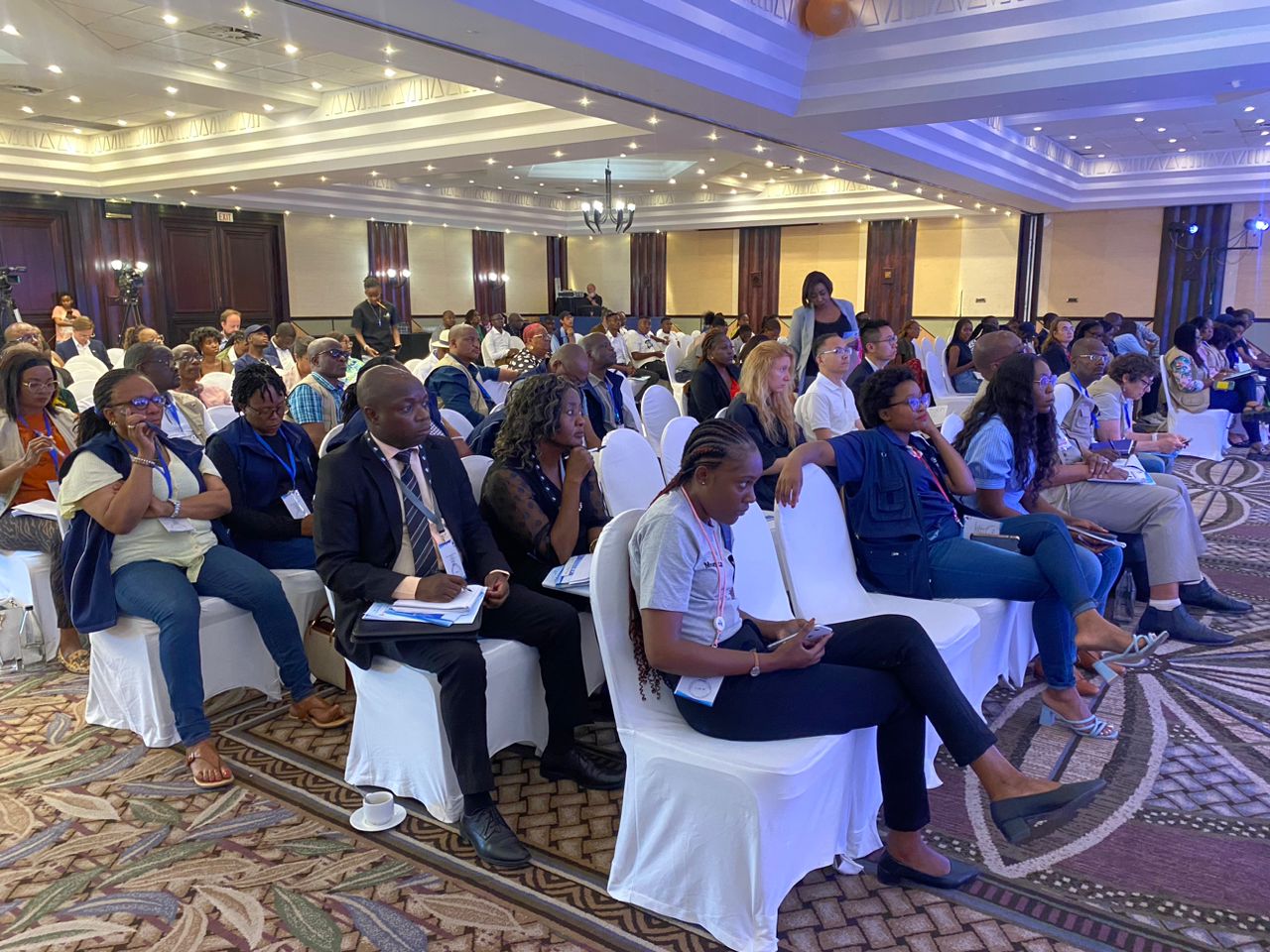Namibia’s current account deficit widened to N$11,4 billion during the first quarter of this year.
This is up from N$8 billion recorded a year earlier, official figures show.
This means the country imports a lot more than it exports, compared to previous years.
According to the Bank of Namibia’s June 2024 Quarterly Bulletin, this is primarily due to a decline in the merchandise trade balance and services account.
The report also attributes the decline to the government’s repayment of domestic loans.
“The decline was due to repayments of domestic loans by the government for some institutions in the agricultural sector, which defaulted on their loans, as well as the repayment of some loans that were guaranteed in the tourism and transport sectors,” the bulletin states.
The external sector saw an elevated current account deficit in the first quarter (Q1) of this year, despite a moderate increase in international reserves.
This was driven by higher net outflows from the services account, particularly for operating leases and technical and trade-related services related to hydrocarbon exploration and appraisal activities.
“Higher net outflows from the services account mainly reflected the heightened import of services for operating leases and technical and trade-related services for hydrocarbon exploration and appraisal activities,” the report says.
Additionally, lower export receipts contributed to a higher merchandise trade deficit.
Central government debt increased by 8% to N$153,8 billion at the end of March, due to the issuance of treasury bills and internal registered stock, alongside a rise in external debt.
Despite this increase, the government’s debt stock as a percentage of gross domestic product (GDP) declined to 66% from 67,2% the previous year, owing to faster growth in nominal GDP.
“The government debt stock declined to 66% of GDP at the end of March 2024 from 67,2% during the corresponding period in the previous year, owing to faster growth in nominal GDP compared to the rise in debt over the period under review,” the bulletin explains.
Public debt rose due to exchange rate depreciation, funding disbursements from the KFW Development Bank and a loan from African Development Bank.
The government’s loan guarantees as a percentage of GDP also decreased by 0,8 percentage points to 3,6%, the report indicates.
International reserves stood at N$54,3 billion at the end of March 2024, equivalent to 3,8 months of imports.
When excluding oil and gas-related imports, the import cover increased to 4,3 months.
The international investment position (IIP) showed a net liability position due to higher growth in foreign liabilities compared to foreign assets.
Namibia’s annual inflation rate softened in Q1 2024, dropping to 5% from 5,7% in the previous quarter.
This deceleration was mainly due to lower inflation for food and alcoholic beverages. On an annual basis, inflation eased by 2,1 percentage points from 7,1% in Q1 2023, primarily due to declines in food and transport inflation.
“Going forward, overall inflation is projected to slow to 4,9% in 2024 and 4,5% in 2025, compared to an average of 5,9% in 2023,” the report said.
– The Brief
Stay informed with The Namibian – your source for credible journalism. Get in-depth reporting and opinions for
only N$85 a month. Invest in journalism, invest in democracy –
Subscribe Now!






